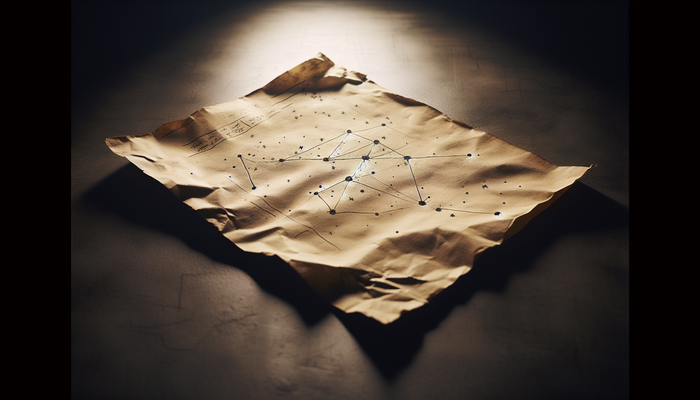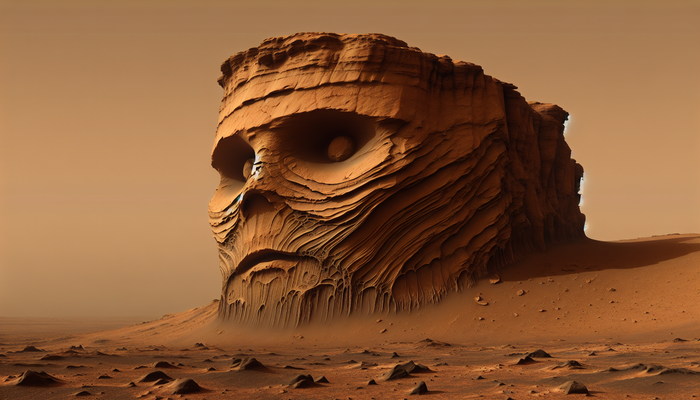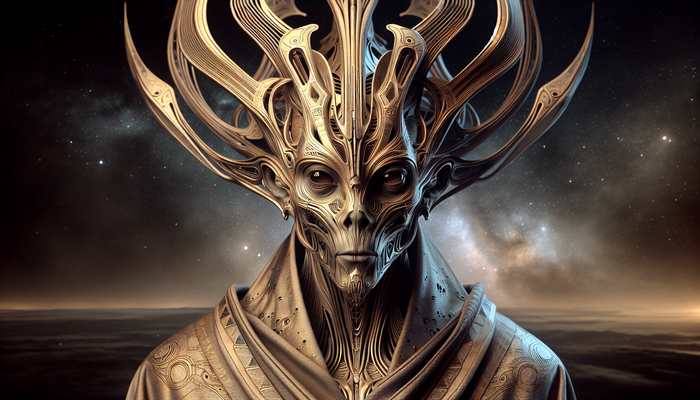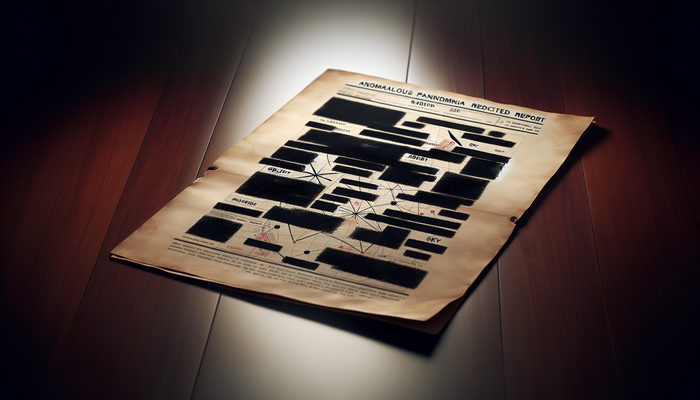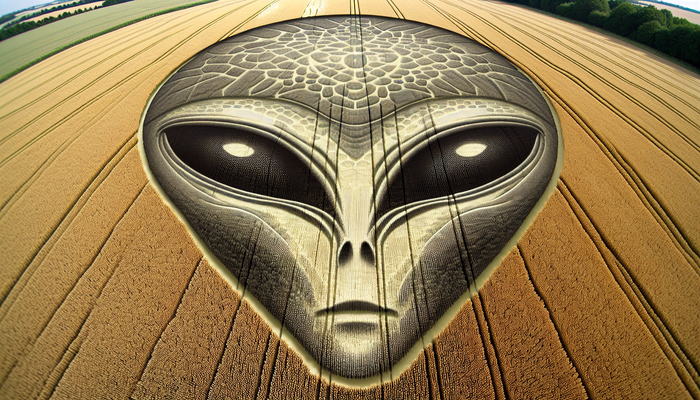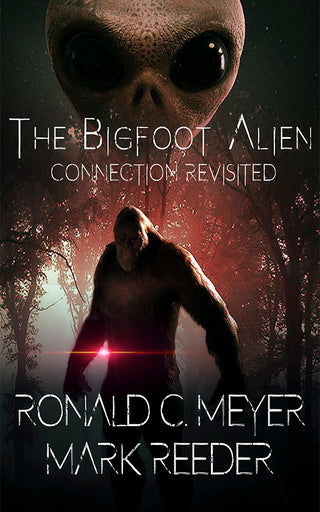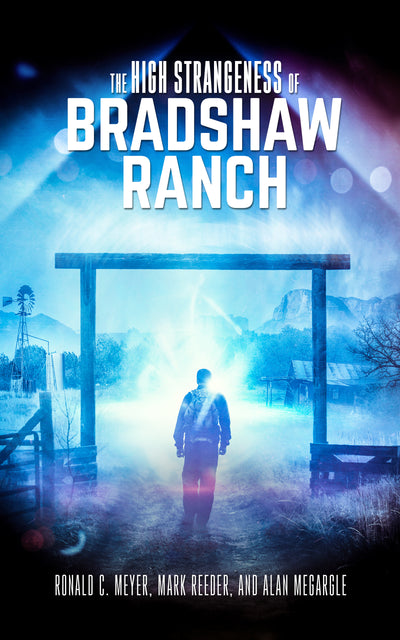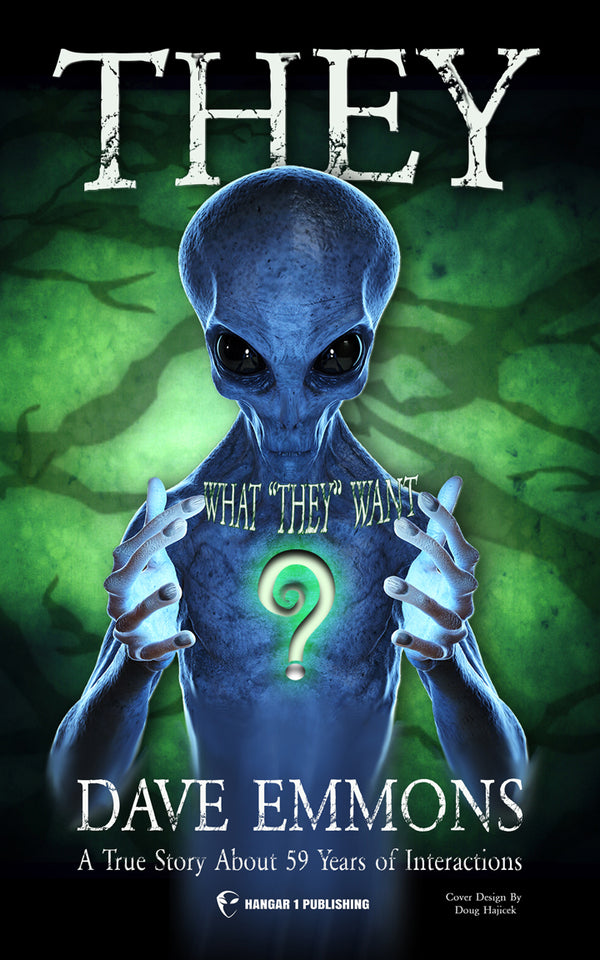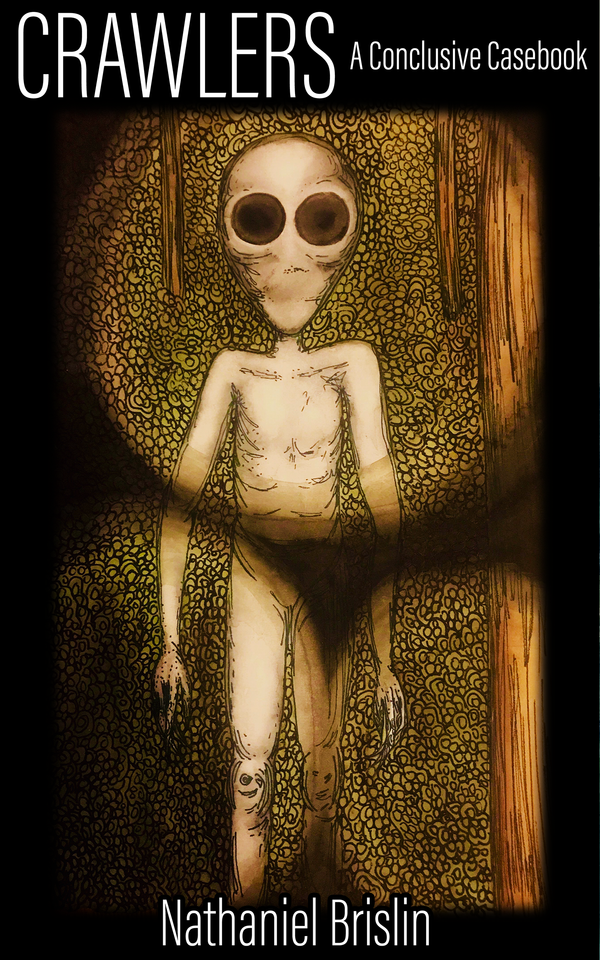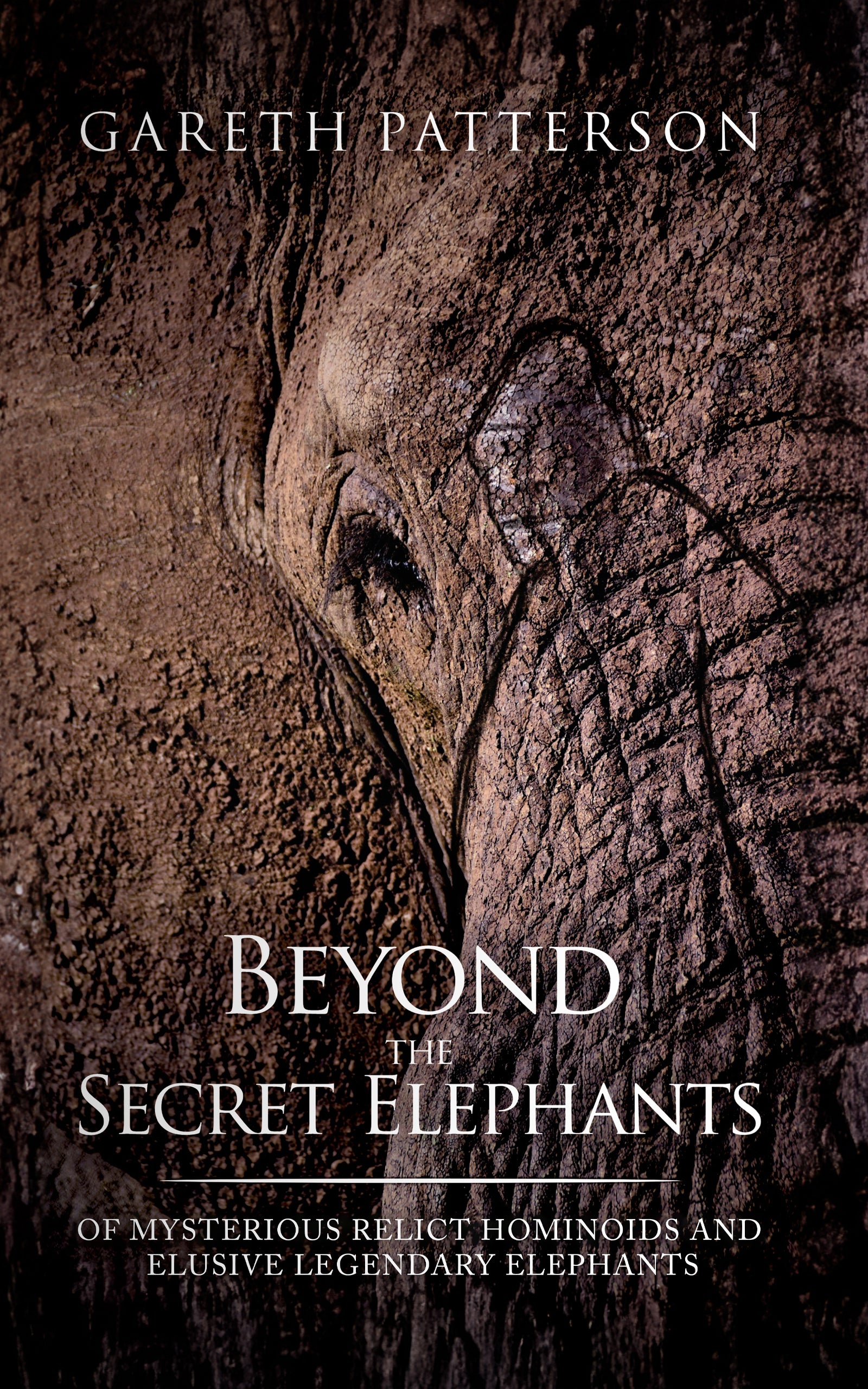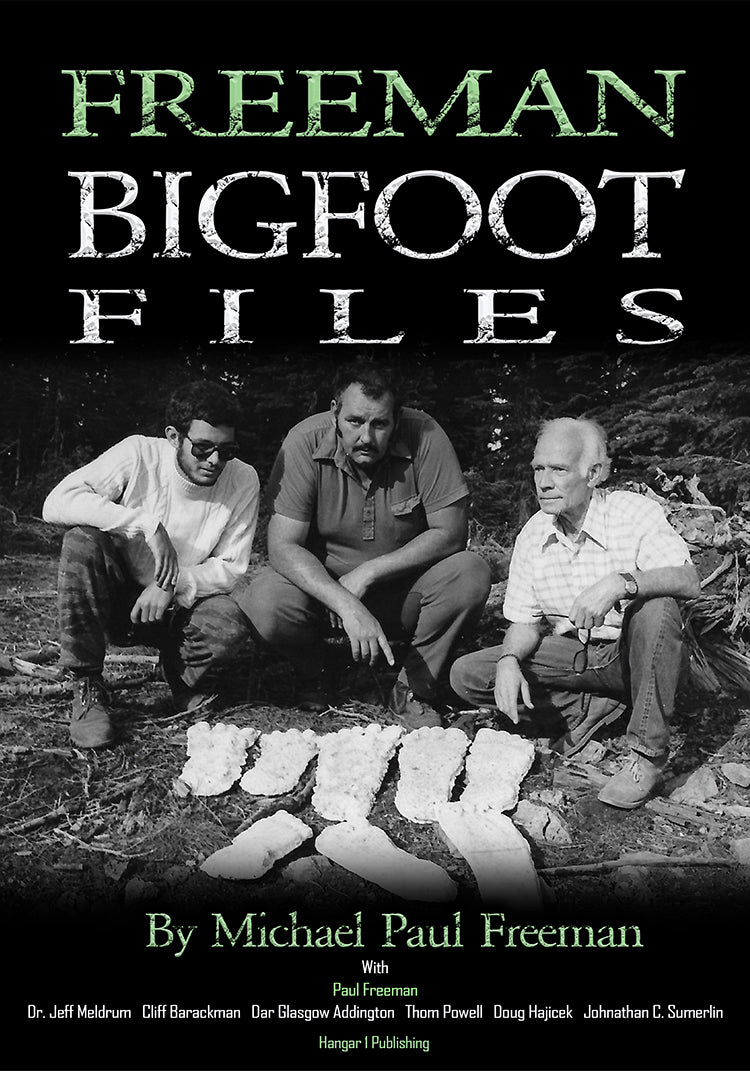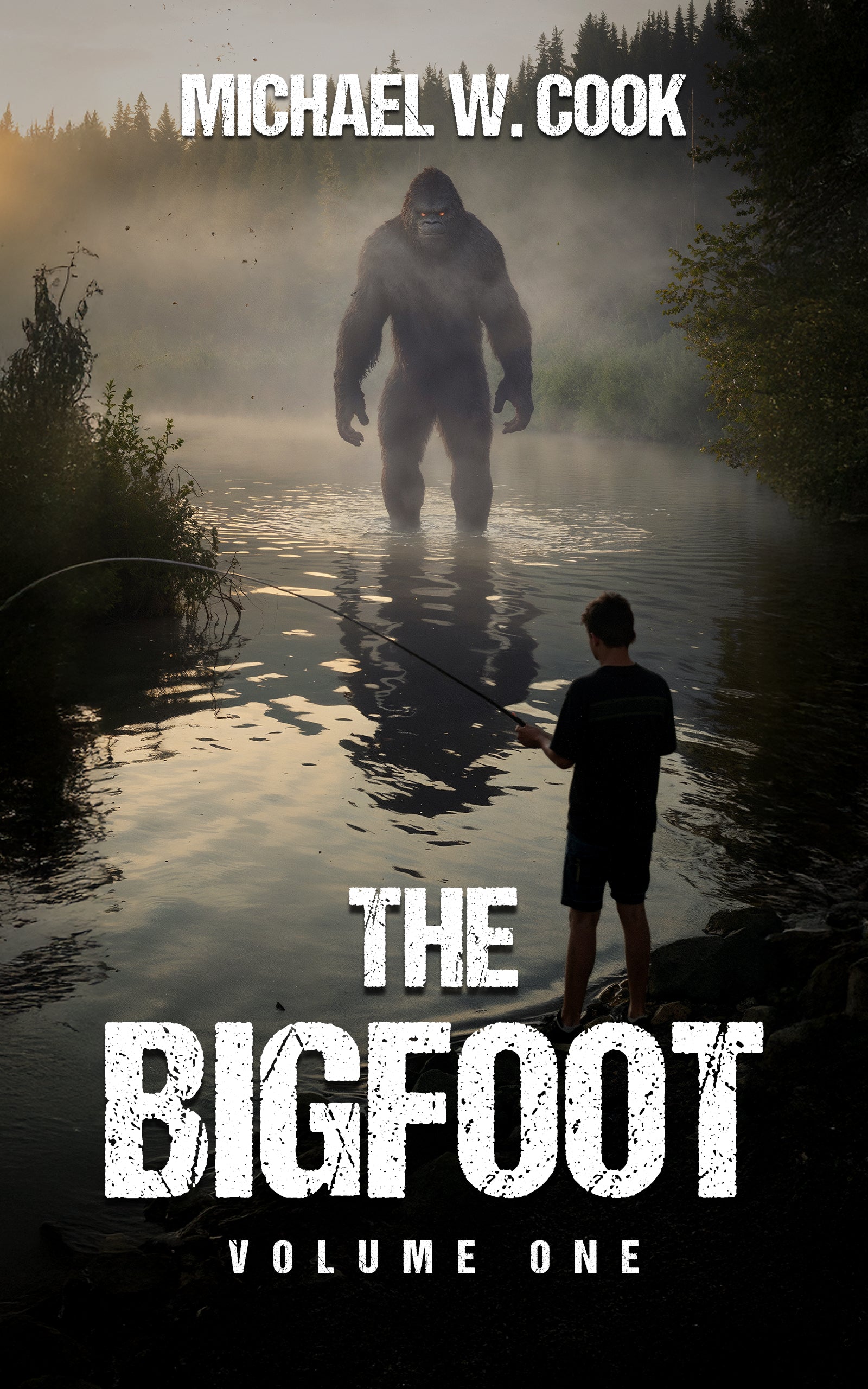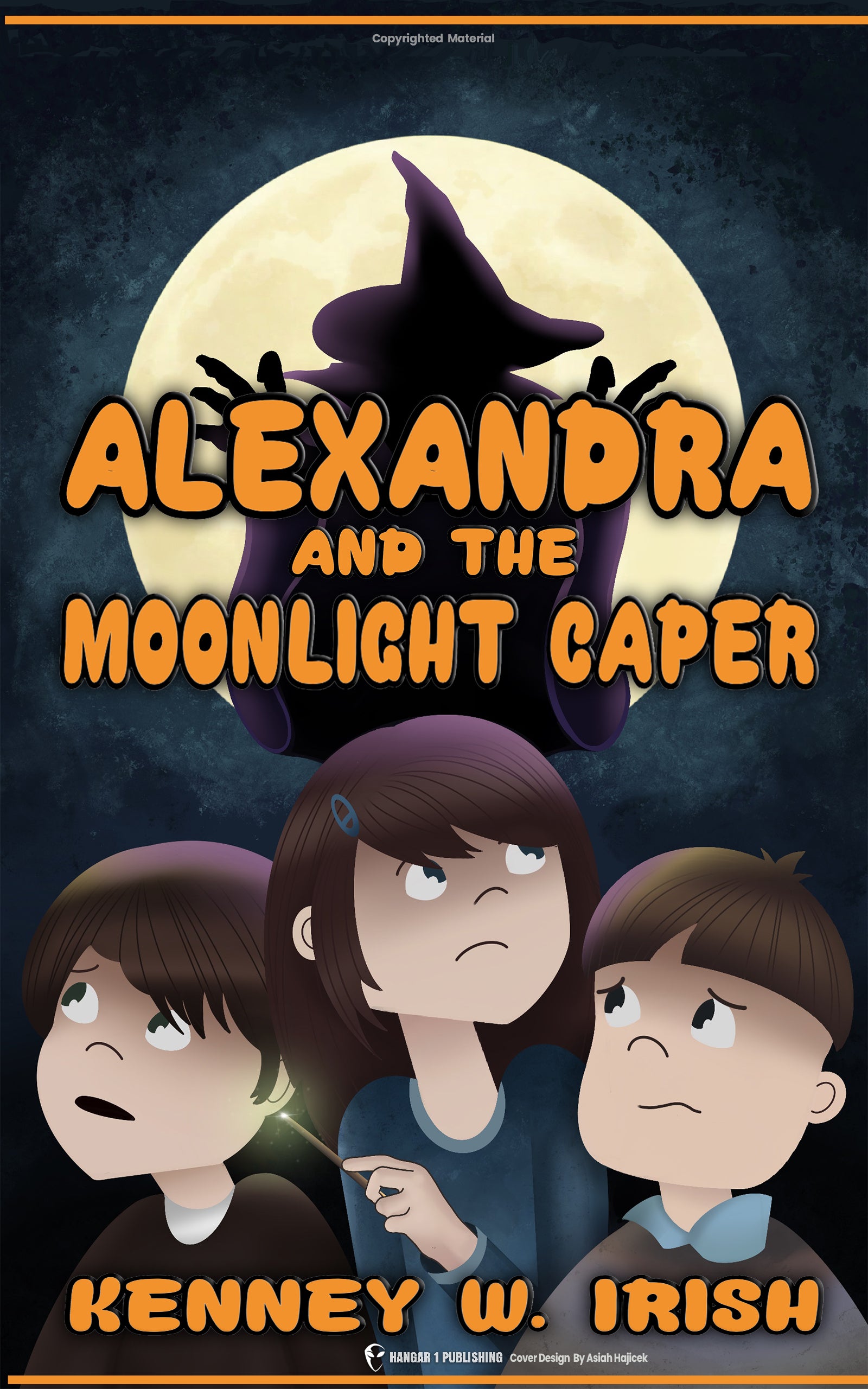The Stonehenge and Aliens Connection
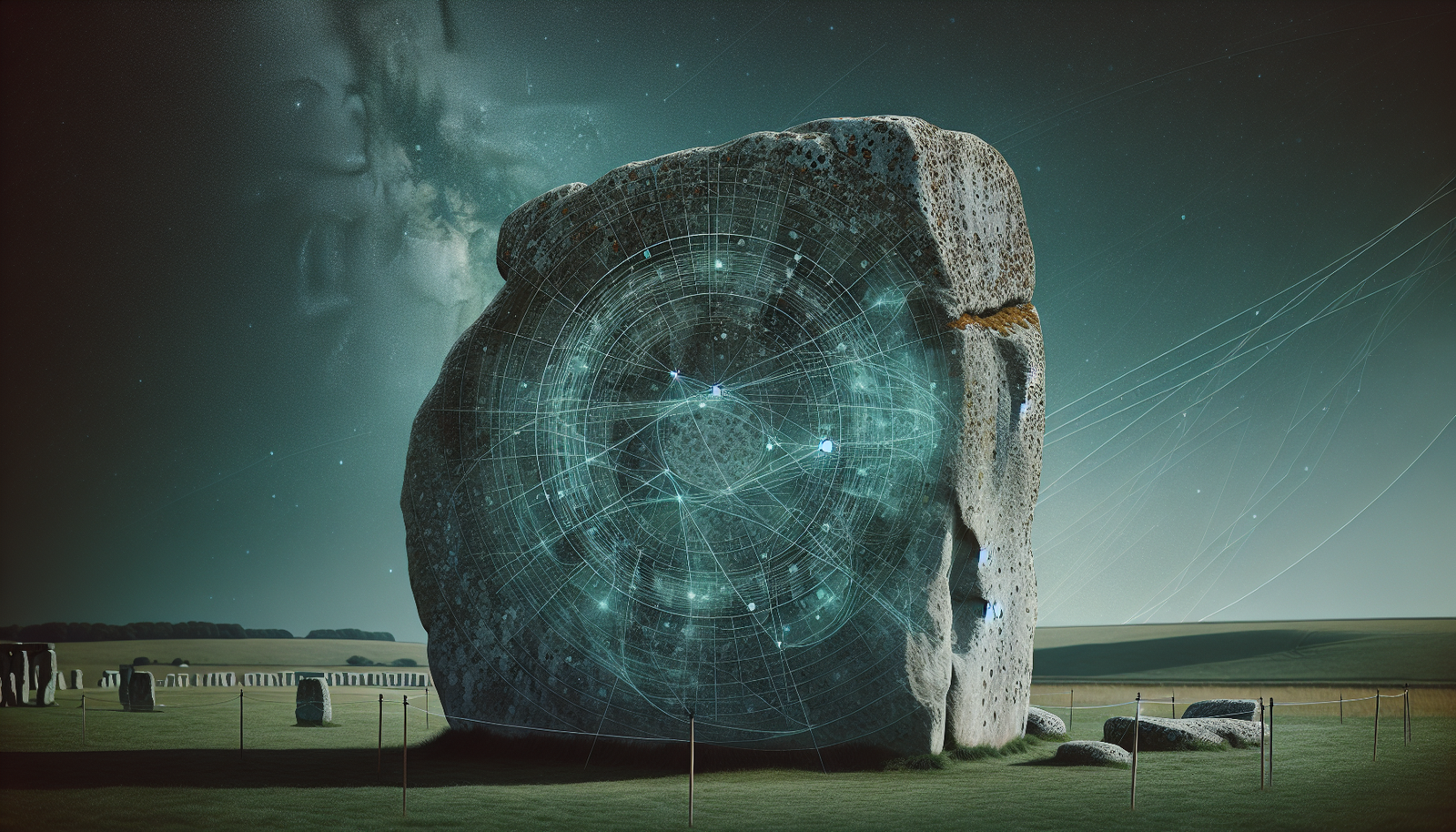
By Malcolm Blackwood, Ufologist
Introduction: The Enigma of Salisbury Plain and the Cosmic Horizon
Stand on Salisbury Plain, feel the wind cut across the chalkland, and gaze upon Stonehenge. It’s an arrangement of stones that defies easy explanation, a silent testament to an age almost beyond comprehension. These colossal megaliths, weathered by millennia, stand sentinel under a vast English sky, posing questions that echo in the minds of everyone who witnesses them. Who possessed the audacity, the means, to erect such a thing? How did they quarry, transport, and raise stones weighing tens, even scores, of tons? And perhaps the most haunting question of all: Why?
Born from the Neolithic era, beginning around 3000 BC, Stonehenge is more than just a circle of stones in Wiltshire. It’s an architectural statement, a feat of engineering carried out by a people who left behind no written language to explain their monumental efforts. We know about the sarsen behemoths, some scaling up to a staggering 50, even 70 tons, and the smaller, yet still formidable, four-ton bluestones. We’ve traced these stones to their origins – the sarsens relatively local, the bluestones dragged over 140 miles from the Preseli Hills in Wales. But knowing these facts only deepens the core mystery: how was this accomplished, and what drove these ancient people to invest such immense effort?
It's precisely this gap in our understanding, this apparent chasm between Neolithic capability and the sheer scale of Stonehenge, that invites more unconventional thinking. Enter the "Ancient Alien" hypothesis. It’s a theory that steps boldly into the unknown, suggesting that the answers might not lie solely on Earth, but perhaps among the stars. This idea posits that extraterrestrial intelligence played a hand, either directly or indirectly, in the conception or construction of this baffling monument. It's a popular notion, fueled by television shows and a persistent fascination with the unexplained. This article will explore the threads of this connection – the arguments citing impossible construction, uncanny celestial alignments, alleged UFO sightings, and the cultural phenomena that keep the alien theory alive, while also grounding the discussion in the counterpoints raised by rigorous scientific investigation.
We’ll sift through the claims, examine the proposed evidence, and look at the stark counterarguments. We’ll touch upon theories ranging from the seemingly logical to the downright bizarre. So, join me as we navigate the intersection of archaeology, speculation, and the ever-present question: Could the architects of Stonehenge have had help from visitors not of this world? In the silence of Salisbury Plain, surrounded by stones that have witnessed five millennia, it’s a question that feels less like fantasy and more like an echo of the monument's own profound mystery.
The "Impossible" Construction: Why Some Look to the Stars
Let’s get down to the bedrock of the alien argument: the stones themselves. We’re talking about sarsen stones, the main uprights and lintels of the iconic outer circle and inner trilithons, tipping the scales at an average of 25 tons, with the largest reaching 50 or even 70 tons. That's the weight of multiple adult elephants or a healthy chunk of a blue whale. Then there are the smaller bluestones, forming an inner circle, weighing up to 4 tons each – still no small feat to handle. Imagine trying to shift these colossal blocks, not just lift them, but transport them – the sarsens from about 15 miles away at Marlborough Downs, and the bluestones on an epic 140-mile-plus journey from Wales.
Now, place yourself in Neolithic Britain, around 3000 to 1600 BC. The wheel, at least for haulage, hadn't arrived on the scene in Britain. Metal tools were rudimentary. Yet, these massive stones were quarried, shaped with some precision (using techniques like tongue-and-groove joints usually seen in woodworking), transported across challenging landscapes, and erected with remarkable stability. How? This is the "prehistoric paradox" that fuels the alien hypothesis. To proponents, the apparent mismatch between the known technological level and the monumental achievement screams for an external influence.
This is where theorists like Erich von Däniken step in. His 1968 book, "Chariots of the Gods?", became a cultural phenomenon, popularizing the idea that structures like Stonehenge, the Pyramids, and the Nazca Lines weren't solely human achievements. The central idea? That extraterrestrial visitors – "ancient astronauts" – whom early humans perhaps perceived as deities, visited Earth millennia ago. They argue these visitors either used their advanced technology to directly manipulate these stones or gifted the necessary knowledge to humankind, kickstarting leaps in engineering and astronomy. For those grappling with the sheer physical improbability of moving 50-ton blocks with logs and ropes, the idea of alien tech provides a seemingly elegant, if extraordinary, solution.
Celestial Alignments: A Blueprint from the Cosmos?
Stonehenge doesn't just impress with its size; it stuns with its orientation. It's no secret that the monument is precisely aligned with the movements of the sun. Stand in the centre, and you'll witness the sun rising directly over the Heel Stone on the summer solstice, the longest day of the year. Turn around, and the setting sun on the winter solstice, the shortest day, is framed perfectly through the massive trilithons. These alignments clearly speak to a sophisticated awareness of the sun's yearly cycle, crucial knowledge for Neolithic farming communities marking the turning of the seasons, perhaps for ritual or agricultural planning.
But some researchers believe the alignments go much further. Theories abound that suggest Stonehenge could also track lunar cycles, perhaps even predict eclipses. Gerald Hawkins, an astronomer, proposed in the 1960s that Stonehenge functioned as a complex astronomical calculator. The specific placement of stones, the Aubrey Holes (a ring of 56 pits surrounding the stones), all potentially factoring into a celestial prediction machine. The latitude itself, 51 degrees, is highlighted by some researchers like Andrew Collins as significant, creating a specific right-angle relationship between the moon's cycle and the winter solstice sunrise that is unique to this location.
This level of perceived astronomical sophistication is another cornerstone for the ancient alien argument. Proponents ask: how could a prehistoric society, supposedly lacking advanced mathematics and observational tools (beyond naked-eye observation), achieve such intricate astronomical precision? The conclusion, for them, is clear: this knowledge wasn't independently developed; it was given, imparted by visitors who possessed a cosmic perspective.
Giorgio A. Tsoukalos, a familiar face from the "Ancient Aliens" television series, takes this even further, making the provocative claim that Stonehenge is nothing less than a physical replica of our solar system – including Pluto, a planet invisible to the naked eye and unknown until the 20th century. He posits this as a deliberate message left by extraterrestrials, a kind of celestial time capsule demonstrating knowledge impossible for its builders to possess naturally.
Stemming from these interpretations of advanced knowledge are even more speculative notions about Stonehenge's function. Was it merely an observatory for humans, or perhaps one used by aliens themselves? Could the circular design, reminiscent of popular depictions of flying saucers, indicate it served as a landing pad? Some theories even suggest it was part of a communication network, a beacon to contact a distant home world, or perhaps even a device designed to harness Earth's own subtle energies, maybe focused by the stones' specific placement and properties. The precise alignments and grand scale are thus re-imagined not just as symbolic, but as potentially functional components of an extraterrestrial technology planted on Earth.
The Origin Puzzle: Stones That Traveled Too Far?
Let's focus on those bluestones again. Tracing their origin to the Preseli Hills in southwest Wales, over 140 miles away, presents a logistical conundrum that baffles many. Imagine wrestling four-ton blocks out of rocky outcrops, then hauling them across rugged hills, potentially treacherous waters (like the Bristol Channel), and finally across Salisbury Plain. It's a journey that tests the limits of belief when relying solely on muscle, timber, and rope.
Archaeologists have proposed ingenious, if strenuous, methods. Theories involve dragging the stones on wooden sledges over log rollers (a classic image, though questioned due to the potential crushing force on timber), transferring them to rafts or boats for coastal and river journeys (possibly up the River Avon), or even encasing them in large, rollable wicker cages or using ball bearings on wooden tracks. Experimental archaeology has attempted to replicate some of these feats. One notable effort in 2000 tried to float a three-ton bluestone replica suspended between boats, only for it to break loose and sink in the Bristol Channel. Another saw a group struggle mightily to pull a 40-ton replica on tracks, needing levers and immense coordinated effort. These experiments highlight the sheer difficulty, even if they demonstrate theoretical possibility. Some geologists even proposed that glaciers did the heavy lifting, carrying the stones partway during an Ice Age, though this theory faces skepticism regarding the precise placement and quantity required.
For ancient astronaut theorists, however, the bluestone journey isn't a complex puzzle of human endurance; it's evidence of non-human intervention. Why struggle with rafts and rollers when you have advanced extraterrestrial transport technology? Anti-gravity devices? Tractor beams? The alien hypothesis elegantly sidesteps the immense logistical hurdles, proposing that moving four-ton stones over 140 miles was trivial for beings capable of interstellar travel.
Even the sarsen stones, sourced from the relatively closer West Woods, about 15 miles north, weren't exactly a weekend project. These are the real giants of Stonehenge, weighing up to 50 tons or more. Getting them to the site, possibly using greased sledges (pig fat has been suggested!), shaping them, and hoisting them into position, then lifting the massive lintels on top – it all required immense, coordinated labor and sophisticated techniques. While more plausibly achievable by human means than the bluestone trek, the sheer scale still leaves room for the question: Was it all human effort?
The Silence of the Builders: A Void for Speculation
One of the most significant factors allowing the alien theory to thrive is the profound silence from the past. The people who conceived, designed, and labored for centuries to build Stonehenge left us no instruction manual, no blueprints, no diaries detailing their purpose or methods. They lived in a pre-literate society, their motivations and knowledge transmitted orally or through symbols we haven't fully deciphered. This absence of explicit records is a deep frustration for conventional archaeology but a fertile ground for speculation.
Nature abhors a vacuum, and so does the human imagination when faced with a mystery of this magnitude. When definitive historical accounts are missing, alternative narratives rush in to fill the void. If we don't have a clear, universally accepted human explanation for how Stonehenge was built or why it held such importance, the door opens for more extraordinary possibilities.
This ties into the argument about the sophistication of the monument. Ancient astronaut theorists often contend that the level of planning, geometric precision, engineering skill, and astronomical knowledge seemingly embedded in Stonehenge points to an "advanced civilization". They might argue that mainstream history underestimates the capabilities required, suggesting that either Neolithic Britons were far more advanced than we realize (perhaps because of alien contact) or that the knowledge itself— the concepts of geometry, astronomy, large-scale project management—was an extraterrestrial gift. The silence of the builders allows proponents to essentially project onto them whatever level of knowledge fits the theory, including knowledge supposedly derived from off-world sources.
Stonehenge as a Modern UFO Hotspot: Lingering Lights in the Sky
The association between Stonehenge and the unexplained doesn't end in prehistory. Fast forward to the 20th and 21st centuries, and the area around Salisbury Plain, particularly Wiltshire county, has gained a reputation as a veritable "UFO hotspot". This modern layer of mystery adds another dimension to the alien connection.
Perhaps most compellingly, official documents lend some credence to this reputation. The UK's Ministry of Defence (MoD) maintained a UFO desk for decades, and over several years leading up to its closure in 2009, it declassified thousands of pages of sighting reports. Crucially, these files contain numerous accounts of unidentified aerial phenomena in the skies near Stonehenge. One particularly striking piece of data released was a photograph, submitted in January 2009, allegedly showing a "disk-shaped craft hovering above the world's most famous megalithic site". While the MoD ultimately concluded that over 50 years, no report revealed evidence of an extraterrestrial presence or military threat, and closed the desk citing resource drain, the mere existence of these official reports mentioning Stonehenge keeps the speculative fires burning.
Beyond government files, anecdotal evidence persists. A recent example emerged on TikTok, where an anonymous individual claiming to be a "Stonehenge worker" alleged that security guards captured footage of a bizarre, shape-shifting UFO over the monument during lockdown. The account described the object changing from a balloon-like form to something resembling a "jetpack" figure, then a cylinder with triangles, before silently drifting off towards a nearby army base. The claimant even added a dramatic detail: one of the guards supposedly took over a week off work "with shock". While entirely unverified, such stories tap into the existing narrative and spread rapidly in the digital age.
Adding to the visual anomalies are the famous crop circles. Intricate geometric patterns pressed into fields have frequently appeared in Wiltshire, sometimes in close proximity to Stonehenge. The appearance of the complex "Julia set" fractal design opposite the monument in 1996 is often cited. To believers, these aren't elaborate hoaxes but potential messages, mathematical or symbolic communications from extraterrestrials, their location near Stonehenge seen as deliberate and significant.
This accumulation of unexplained sightings and phenomena, coupled with the heavy military presence on Salisbury Plain (including the Porton Down research facility and restricted zones), has led some to dub the area a "British Area 51". The atmosphere of secrecy, military activity, and persistent reports of strange lights creates a potent mix that easily blends with theories of hidden alien activity connected, somehow, to the ancient stones.
Beyond the Obvious: Unique and Bizarre Connections
The sheer volume of unknowns surrounding Stonehenge has invited not just alien theories, but a host of other unique, and sometimes downright bizarre, interpretations. These less common ideas add further texture to the tapestry of speculation.
One fascinating avenue of research touches on the stones themselves, specifically the bluestones. Studies have suggested these igneous rocks possess unusual acoustic properties. When struck, they reportedly produce loud, resonant, almost bell-like or clanging sounds. Could this have been a factor in their selection? Was Stonehenge intended not just as a visual spectacle, but an auditory one? Some researchers, exploring the field of archaeoacoustics, suggest the arrangement of stones might create unique sound effects, perhaps amplifying sounds for rituals or creating sonic illusions. While not directly tied to aliens in mainstream research, one can easily imagine how the idea of "ringing rocks" with special sonic qualities could be woven into theories about vibrational energy, ancient technologies, or communication methods beyond our current understanding.
Then there are interpretations that veer into the truly strange. In 2003, Canadian gynecologist Anthony Perks proposed that the layout of Stonehenge, particularly when viewed from above, symbolically represents female genitalia – the vulva, with the central avenue as the birth canal. He suggested the monument was a celebration of the Earth Mother, embodying fertility and birth rather than death. While lacking archaeological backing and certainly falling outside the alien hypothesis, its inclusion highlights the extraordinary range of human attempts to imbue Stonehenge with meaning, drawing parallels from vastly different fields of knowledge and symbolism.
More recently, researcher Michael Goff proposed another novel interpretation: Stonehenge as a highly sophisticated perpetual calendar and sundial, capable of tracking not just the year but the time of day. The key, he argues, lies in reconstructing the original 30 sarsen pillars and lintels, suggesting they formed the basis of a calendar system. Goff further theorizes that the clock required annual calibration using the Southern Cross constellation, which was visible on the horizon from that latitude thousands of years ago but isn't today due to Earth's axial precession. He even speculates that Stonehenge was moved from its original site in Wales (Waun Mawn, where archaeologists found a dismantled circle matching Stonehenge's dimensions) precisely because the Southern Cross was disappearing from view there, necessitating relocation to keep the celestial clock functioning. His theory crucially requires a 30-part division of the day (effectively a 30-hour day with 48-minute hours) for the mathematics to work, explaining why, he claims, the clock function wasn't discovered earlier. While intriguing, scientists caution against jumping to conclusions based on correlation, but it’s a prime example of how the monument continues to inspire complex, alternative readings that could, hypothetically, be linked back to alien influence – perhaps beings operating on a different temporal system?
Finally, Stonehenge isn't viewed in isolation by many theorists. It's often grouped with other global megalithic marvels – the Egyptian Pyramids, Easter Island's Moai, Teotihuacán, Sacsayhuamán. A recurring theme across these sites is the presence of local legends attributing their construction to a race of giants. Some strands of the ancient alien theory weave these legends together, suggesting these "giants" (perhaps the biblical Nephilim) were either extraterrestrials themselves or alien-human hybrids, providing a unified, non-human explanation for seemingly impossible construction feats across diverse ancient cultures.
Debunking the Alien Narrative: The Power of Human Ingenuity
While the allure of alien intervention is strong, the overwhelming consensus within the scientific and archaeological community points firmly back to Earth, crediting the creation of Stonehenge to the ingenuity and sheer determination of Neolithic people. This conclusion isn't based on dismissal, but on decades of meticulous research and tangible evidence.
The bedrock of the mainstream understanding lies in archaeological findings. Excavations have unearthed the very tools used by the builders: picks fashioned from red deer antlers, shovels made from cattle shoulder blades for digging the ditches and holes, and stone hammers (mauls) used to shape the massive sarsens. We see evidence of a multi-stage construction process spanning over 1,500 years, indicating a long-term, evolving human commitment to the site, not a swift alien intervention.
Regarding the immense challenge of moving the stones, archaeologists argue it wasn't impossible, just incredibly difficult and requiring massive communal effort. They point to feasible, low-tech solutions: using sledges dragged over rollers or prepared tracks (perhaps lubricated with animal fat), employing levers for lifting, and utilizing large teams of people pulling ropes. Experimental archaeology projects, while sometimes encountering setbacks, have shown these methods, particularly for raising the upright stones and placing lintels, are plausible, albeit requiring immense manpower and organization. The recent confirmation that the giant sarsen stones originated only 15 miles away at West Woods significantly reduces the transportation challenge compared to the bluestones, making a human-driven effort more conceivable.
Furthermore, the notion that Neolithic people were simply too "primitive" for such a feat is increasingly outdated. Research reveals surprisingly sophisticated societies in prehistoric Britain, capable of large-scale organization, complex social networking (potentially linking communities across Britain, as suggested by the diverse origins of materials and even human remains found near Stonehenge), detailed environmental knowledge, and significant astronomical observation skills. They didn't need alien tutors to understand the importance of the solstices or to develop rituals around them.
The astronomical alignments, while precise, are interpreted by mainstream science as serving earthly purposes – marking important dates for agriculture, ceremonies, or social gatherings, possibly linked to ancestor worship or symbolizing cosmic order within their worldview. There's no need to invoke extraterrestrial calendars or navigation systems when the sun and moon held profound significance for Neolithic life.
As for the modern UFO sightings, skeptics point to the multitude of mundane explanations often overlooked: conventional aircraft (especially given the military presence), weather phenomena like ball lightning, flares, satellites, stars, and, notably in recent years, the proliferation of Chinese lanterns released at celebrations. The MoD's own investigation, despite cataloging numerous reports, found no evidence warranting a defense concern or proving alien origins.
Ultimately, the most significant blow to the alien theory is the stark lack of any verifiable, physical proof. There are no fragments of advanced alloys, no unusual energy signatures confirmed, no artifacts depicting alien beings – just stones, earthworks, and human remains, all consistent with a Neolithic context. The alien narrative relies heavily on interpreting mysteries as impossibilities and filling the gaps with speculation rather than tangible evidence.
The Enduring Fascination: Why the Alien Theory Persists
Despite the weight of scientific evidence pointing towards human construction, the idea that aliens built or influenced Stonehenge refuses to fade away. Why does this particular theory hold such persistent appeal? Several factors contribute to its enduring life in the popular imagination.
Firstly, humans seem intrinsically drawn to extraordinary explanations for profound mysteries. Stonehenge is undeniably awe-inspiring and deeply puzzling. When faced with something so grand and ancient, whose exact purpose remains debated even among experts, the allure of a narrative involving advanced, non-human intelligence can be more captivating than the more prosaic explanations of human labor and belief systems. The sheer scale feels, to some, superhuman, making a supernatural or extraterrestrial explanation feel almost intuitive.
Secondly, popular culture plays a massive role. Television series like "Ancient Aliens," books like von Däniken's, countless websites, documentaries, and social media discussions constantly recycle and reinforce these ideas. These platforms often present speculation alongside fact, sometimes blurring the lines and reaching vast audiences who may not have access to or interest in detailed archaeological reports. The result is a self-perpetuating cycle where the theory remains visible and continues to attract adherents.
Stonehenge itself acts as a powerful symbol of the unexplained. Its iconic status, combined with the genuine unanswered questions about its construction and precise meaning, makes it a lightning rod for all manner of alternative theories. It represents a tangible link to a distant past we don't fully understand, making it easy to project onto it our fascination with lost worlds, hidden knowledge, and cosmic possibilities.
Finally, the Stonehenge-alien connection taps into a broader human curiosity about our place in the universe. The question "Are we alone?" is one of the most fundamental existential queries. Theories linking ancient monuments to extraterrestrial visitors provide a tantalizing, albeit unproven, answer – suggesting not only that we aren't alone, but that we have been visited, perhaps even guided, by beings from other worlds. This cosmic connection offers a sense of wonder and potentially diminishes human significance in a way that some find compelling. The mystery of Stonehenge becomes intertwined with the mystery of life beyond Earth.
Leaving the Reader to Ponder: The Crossroads of Science and Speculation
So, we stand at a crossroads. On one path lies the explanation built by decades of archaeological spadework and scientific analysis: Stonehenge as a monumental testament to the ingenuity, beliefs, and sheer hard work of Neolithic Britons, a complex site evolving over centuries, deeply connected to the cycles of the sun, the land, and the realms of the living and the dead. It’s a story of human capability pushed to its limits in service of powerful cultural imperatives.
On the other path, illuminated by the lights of speculation and the enduring gaps in our knowledge, lies the narrative of extraterrestrial involvement. A story where impossible feats are explained by advanced technology, celestial knowledge is a gift from the stars, and unexplained lights in the sky are potential echoes of ancient visitations. It’s a narrative fueled by the monument’s profound mysteries and our own cosmic curiosity.
The investigation into Stonehenge is far from over. New technologies like ground-penetrating radar continually reveal hidden landscapes around the stones, and ongoing analysis of archaeological finds refines our understanding. Future discoveries might illuminate more clearly the methods and motivations of its builders, potentially resolving some of the very questions that fuel the alien theories.
Ultimately, evaluating the connection between Stonehenge and aliens requires critical engagement with the evidence presented for both arguments. One must weigh the tangible findings of archaeology against the interpretations drawn from perceived anomalies and the sheer difficulty of the monument's creation.
Perhaps the enduring power of Stonehenge lies precisely in this tension – its ability to simultaneously ground us in the deep past of human endeavor and launch our imaginations toward the vast unknown. Whether whispering tales of ancient rituals, ancestor worship, communal unity, or, as some believe, echoes of visitors from distant stars, the stones remain silent, leaving us to ponder the possibilities etched into the landscape of Salisbury Plain.
From Bigfoot to UFOs: Hangar 1 Publishing Has You Covered!
Explore Untold Stories: Venture into the world of UFOs, cryptids, Bigfoot, and beyond. Every story is a journey into the extraordinary.
Immersive Book Technology: Experience real videos, sights, and sounds within our books. Its not just reading; its an adventure.


